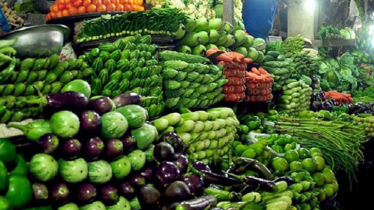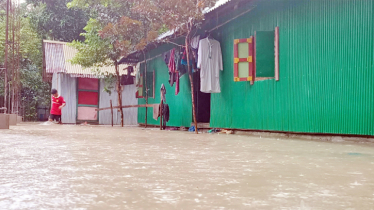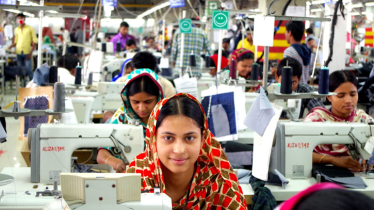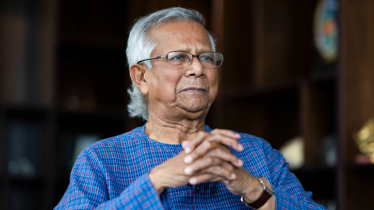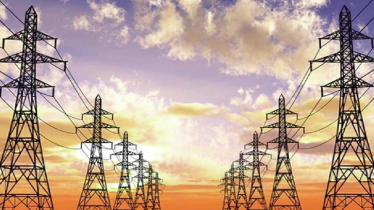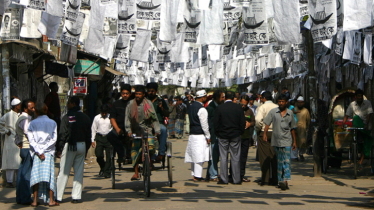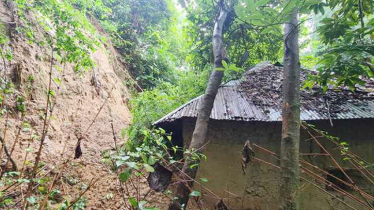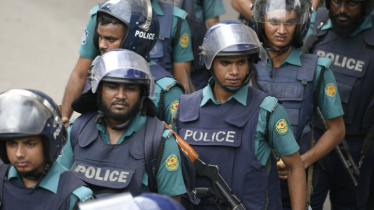
Photo : Collected
Dhaka stands as one of the largest cities globally in terms of population and density, uniquely bordered by rivers like the Buriganga, Turag, Balu, and Shitalakshya, alongside an abundance of trees throughout the urban landscape. This natural setting positions Dhaka favorably for eco-friendliness. However, despite its once-natural blessings, Dhaka now grapples with various forms of pollution and irregularities, rendering it increasingly uninhabitable.
While numerous government initiatives and measures aim to salvage Dhaka's livability, the sincerity, practicality, and accountability of these efforts, particularly in terms of environmental sustainability and combating irregularities, are subject to scrutiny, complaints, controversies, and questions.
The ongoing heatwave, persisting for over a month across the country, has intensified concerns about rising temperatures in Dhaka, exacerbated by the accumulation of harmful gases in the air. The Bangladesh Institute of Planners (BIP) recently convened a planning dialogue titled 'Heatwave in Dhaka: Responsibilities and actions of urban planning and development management', shedding light on various environmental challenges facing the city.
According to reports, global warming has led to a 1 to 1.5-degree Celsius increase in average temperatures worldwide, whereas Dhaka has experienced a staggering rise of 5 to 6 degrees Celsius in certain areas. This drastic escalation is primarily attributed to the rampant misuse of natural resources and rampant destruction in the name of urbanisation surrounding Dhaka.
Key contributors to this environmental degradation include the filling, encroachment, and destruction of canals and ponds, upsetting the ecological balance, decimating green spaces, and fostering unplanned urban sprawl. Moreover, architectural designs favoring glass and air-conditioned structures, devoid of environmental considerations, have exacerbated the situation. Additionally, the absence of significant afforestation efforts further compounds the issue.
The city's rising temperature is further fueled by air pollution stemming from high-rise buildings constricted alongside narrow roads, improper waste disposal, emissions from brick kilns, vehicles, and industrial sources. Gases emitted from garbage dumps, brick kilns, vehicles, and industries exacerbate the heat in the atmosphere.
Alarming statistics reveal that over the past 28 years, Dhaka's green space has dwindled to a mere 9 percent, while wetlands have diminished to less than 3 percent. Contrastingly, urban planning standards advocate for cities to maintain 25 percent green space and 10-15 percent water bodies to foster sustainability and resilience.
Dhaka often finds itself at the top of lists ranking cities with the worst air pollution. In the event of fires, the lack of adequate reservoirs exacerbates the damage due to insufficient water supply. The city suffers from a dearth of greenery and plants, contributing to its environmental woes. The iconic Buriganga River and its surrounding water bodies are dying a slow death due to pollution and encroachment. Furthermore, remaining parks and wetlands are continuously being filled in the name of urbanisation
These factors collectively render Dhaka uninhabitable.
Saving Dhaka requires sincere efforts from all stakeholders. Mere initiation of projects and initiatives is insufficient to transform the city into a habitable place. To create a livable urban environment, comprehensive measures must be undertaken. However, these actions must be concerted and meticulously planned, with a primary focus on environmental and climate protection.
Messenger/Fameema

